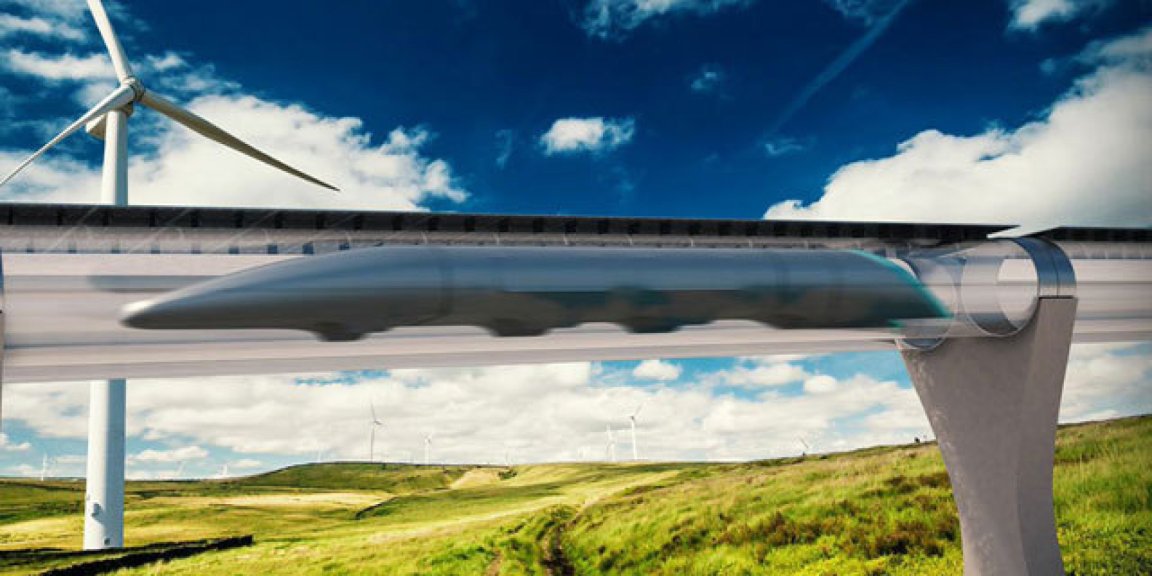
Hyperloop Technologies
Last Tuesday, California-based Hyperloop Technologies Inc. announced that it is building a Hyperloop test track in North Las Vegas. The track will function as a proof of concept for a solar powered system that transports passengers through vacuum tubes at virtually unheard of speeds—at least as far as many methods of surface travel go.
The use of renewable energy, and its own novel design, makes Hyperloop a more resource-efficient transportation method that’s even faster than cars, planes or trains…assuming that we can get it to work.
But of course, it comes with many problems. As Marco Villa, former President of the American Society of Civil Engineers, notes, “Is it easy? Absolutely not. It’s challenging in a very large way, because it’s a project that involves every single discipline in engineering, every single discipline in finance, and every single discipline in politics.”
There is, for example, all the run around that would be required to get permits to implement the technology, and there would also need to be increased security measures. Plus, we still need to perfect the technology.
Hyperloop Competition
Also called the “fifth mode” of transportation, the idea for the Hyperloop was first presented by Elon Musk in a white paper in 2013. Multiple independent companies have since adapted the idea are now racing to develop their own Hyperloop.
Hyperloop Technologies Inc. is not the only California-based startup working on developing their own Hyperloop system. Hyperloop Transportation Technologies Inc. in Playa Vista is a radical company that takes a crowdsource approach to its design.
In Musk’s design, hyperloop pods would be mounted on top of thin skis, and air would be the key to the whole system. Air would be pumped into the skis in order to make a kind of “air cushion.” This would allow the system to travel without any friction. An electric turbo compressor would be responsible for taking air from the front and routing it to the skis.
There would also be “reboosting motors” along the route, which would keep the pod moving at just below the speed of sound, which is around 1,225 km/h (761 mph).
However, traveling that fast when you only have a super short track would be a terrible idea. As such, the speed will be (greatly) reduced on the shortened track and not at all near the hyperloop’s full potential; however, just like the real-deal, it will be using magnets and fans to push passenger pods through five miles of depressurized tubes.